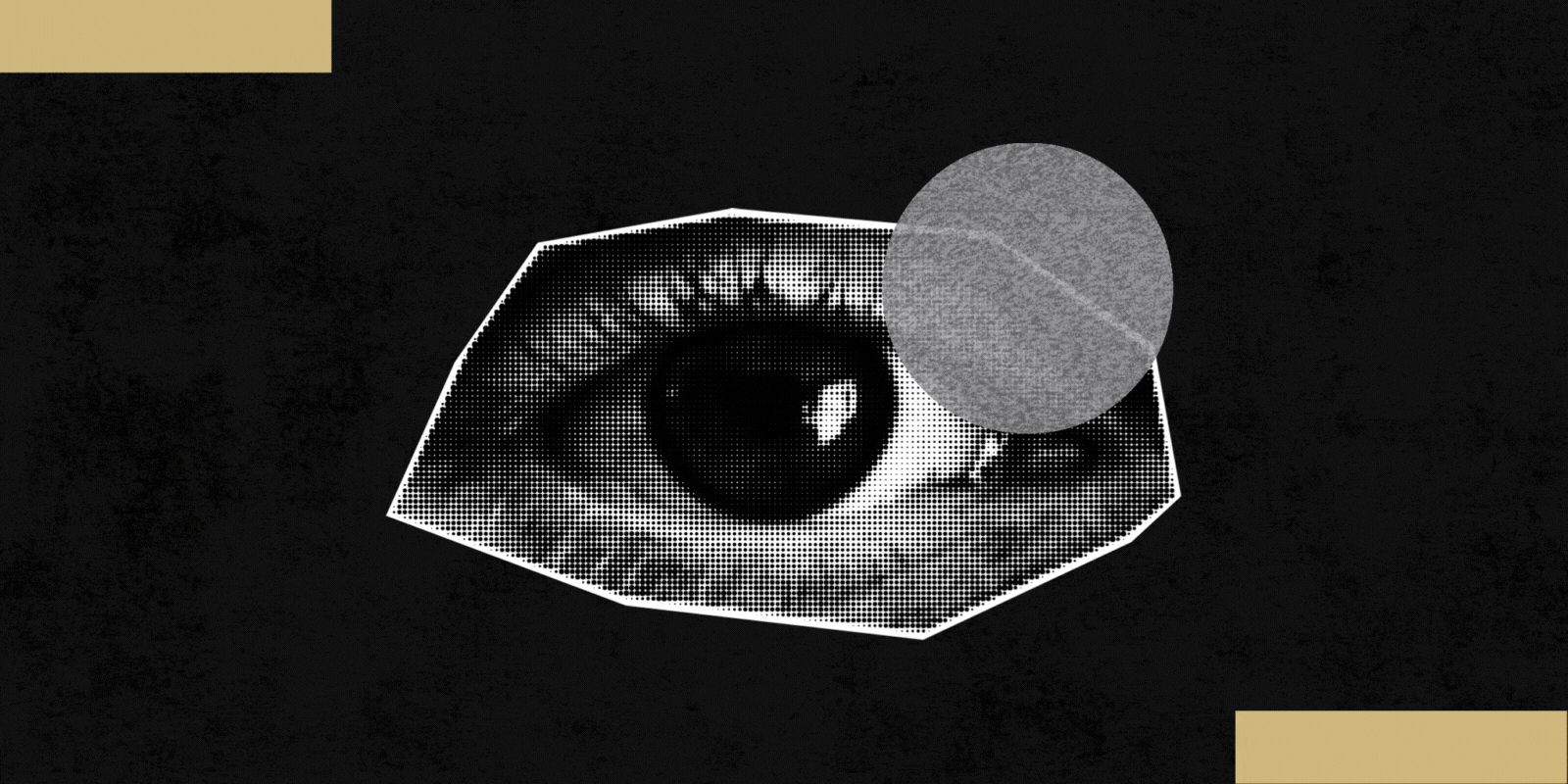Three students at the University of Colorado School of Medicine want their peers to better understand how to treat opioid addictions and overdoses — and they have received support from the Coalition on Physician Education in Substance Use Disorders (COPE) to help put their plans in motion.
Under the supervision of D. Tyler Coyle, MD, MS, assistant professor of psychiatry, the student team — CU School of Medicine doctoral students Tyler Igoe and Alyssa Cole, along with Morgan Avery, a student in the Physician Assistant Program — was one of four teams from schools of medicine nationwide to have its project selected in COPE’s 2022 Curriculum Innovation Challenge: Innovative Learning and Teaching About Substance Use/Opioid Use Disorders.
Addressing acute and long-term problems
As part of the COPE initiative to integrate addiction medicine content into core clerkship rotations and other clinical experiences, the CU team will develop and implement a new curriculum that teaches medical students how to properly administer the opioid overdose reversal drug naloxone and how to use microdose induction of medication buprenorphine to ease withdrawal symptoms in people with opioid use disorder (OUD).
“Part of the challenge with addiction medicine is that it’s a very evolving field,” Cole says. “People are starting to pay more attention to it and try new things and look for new treatments. Even if we had a really robust curriculum, it would need to constantly be updated so that by the time we’re entering the field and practicing, we are up to date. That’s what our specific curriculum is centered around.”
Understanding naloxone
Designed for fourth-year medical students during the Transition to Residency phase of their training, the new curriculum will train students on the use of naloxone on patients experiencing an opioid overdose. Most often administered as a nasal spray, naloxone can be taken by the person experiencing the overdose or administered by a medical professional or even a layperson who is in close proximity.
Students will be trained to identify the signs of symptoms of an opioid overdose, describe the mechanism of action of naloxone, administer naloxone to patients, and understand the public health importance of prescribing and dispensing naloxone to people at risk of overdose.
“Naloxone is an example of the ways in which harm reduction and public health are blending with medicine,” Avery says. “It’s something that a lot of clinics give out for free. There are ‘standing orders,’ or third-party orders, where you can prescribe it to someone knowing that they’re not the person that will use the medication, because it’s so readily available. And it’s a great tool. We want to arm people with that knowledge, as well as letting them know to educate their patients how to push for policy in their clinics so that everybody who walks in can have access to naloxone.”
Better tool for overcoming addiction
Naloxone is used in acute situations when people are experiencing opioid overdoses, but for those looking for a long-term treatment for opioid addiction, buprenorphine is a commonly used medication that binds to the same receptors as drugs like fentanyl, which reduces drug craving and withdrawal symptoms. The second part of the CU students’ COPE curriculum trains students on novel strategies to use buprenorphine in patients seeking treatment for OUD.
“Buprenorphine is similar to methadone, but it tends to be preferred by a lot of people with opioid use disorders,” Cole says. “There are a lot of barriers with methadone — you have to go to a clinic every day; it makes some patients drowsy. A lot of people prefer buprenorphine, but it can precipitate withdrawal symptoms.”
By administering microdoses of buprenorphine that slowly replace opioids in the system, providers can help patients avoid withdrawal symptoms, making them more likely to engage in treatment. The COPE curriculum will teach students how buprenorphine works, why microdosing is effective, and how to identify eligible patients for buprenorphine microdosing.
“Being able to communicate to patients that, ‘Look, not only do we not want to precipitate withdrawal, but we don't want you to feel awful during this process’ — that's something that we as a medical community have thought about, and this will help with that,” Igoe says. “I think that's the kind of thing that will get more buy-in from people going through a really difficult process.”
Points for collaboration
As the students work with Coyle to develop the curriculum that is scheduled to launch in fall 2023, they also have regular online meetings with COPE staffers and the other student teams that were selected in the curriculum innovation challenge around substance use disorders.
“It’s cool to see where other medical schools are in their journey with teaching addiction medicine and getting to all bounce ideas off of each other,” Cole says. “It’s a really cool, collaborative space.”
The students say they were gratified that their submission was selected by COPE, and they look forward to seeing it launch next year to give students the tools they need to manage substance use issues in their residencies and beyond.
“It will set students up to be more successful and more comfortable in treating patients with opioid use disorder, both in an acute setting with overdose, and managing the transition if someone wants to overcome their addiction,” Igoe says. “It will also put our students at the forefront, because this is such a new thing. A lot of providers aren't familiar with the microdosing technique for buprenorphine yet. We will be able to contribute to a team right away by teaching everyone something new.”



